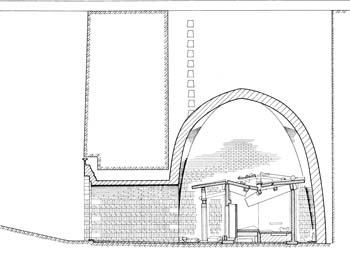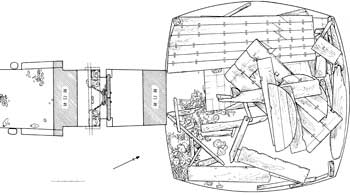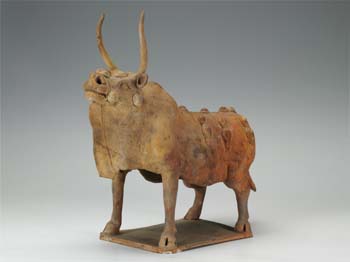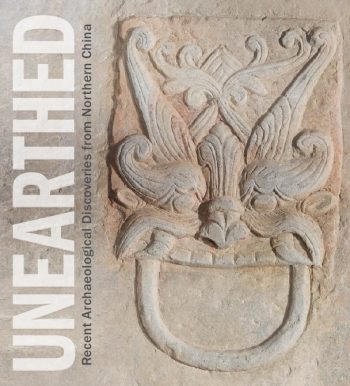
JUNE 16, 2012–OCTOBER 21, 2013
Tombs, Burial Practices and Afterlife
For the ancient Chinese, ensuring the deceased’s transition to the afterlife required anticipating their needs and correctly preparing the tomb. By the time of the Northern Dynasties (386–581 CE), non-imperial tombs were constructed in a standard three-part form. Tomb contents necessarily included objects that related to the life of the deceased that were re-created in miniature form as mingqi (spirit utensils). Life and social organization crossed the threshold of death and, as summarized by an ancient sage, the deceased were treated “as though dead and yet still alive, as though gone and yet still present.” Well-cared-for spirits meant good fortune for the living. Neglected spirits turned into implacable ghosts. Although ancient mortuary traditions sometimes conflicted with more recent views of the afterlife and Buddhist practices such as cremation, over time hybrid practices and beliefs evolved that satisfied followers of both the old and the newer traditions.







